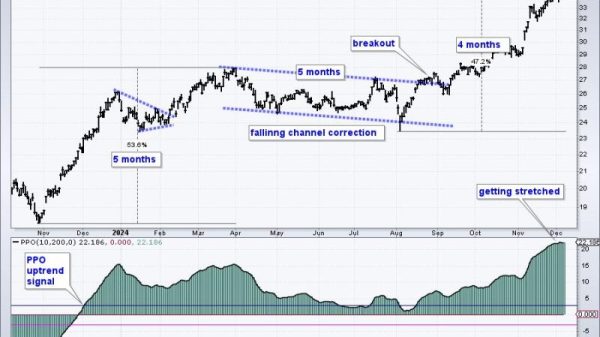The recent downtrend in the inflation rate, which fell to 2.9% in July, reflects a positive shift in the economic landscape. This decline comes as a welcomed relief amid concerns over surging prices affecting consumers and the overall market stability. Several factors have contributed to this moderation in inflation, indicating a potential easing of pressure on the economy.
One significant driver of the lower inflation rate has been the stabilization of global commodity prices. Many essential commodities, such as oil and food products, experienced significant price increases in recent months due to supply chain disruptions and increased demand. However, with supply chains gradually recovering and demand stabilizing, the price pressures on these commodities have started to alleviate.
Moreover, government policies aimed at curbing inflationary pressures have also played a crucial role in the declining inflation rate. Central banks and fiscal authorities have implemented measures to address inflation, such as tightening monetary policy and adjusting interest rates. These measures have helped to cool down the economy and prevent prices from spiraling out of control.
Furthermore, the gradual improvement in economic conditions following the disruptions caused by the pandemic has also contributed to the easing of inflationary pressures. As businesses resume operations and consumer confidence strengthens, the overall demand-supply dynamics have started to normalize, leading to a more stable pricing environment.
The decline in inflation is a positive development that bodes well for both consumers and businesses. Lower inflation rates mean that consumers can expect more stable prices for essential goods and services, providing them with greater purchasing power and financial stability. For businesses, lower inflation reduces input costs and provides a more predictable operating environment, enabling better long-term planning and investment decisions.
Looking ahead, policymakers will need to remain vigilant to ensure that inflation remains under control and does not veer off track. Continued monitoring of key economic indicators, along with targeted policy interventions when necessary, will be essential to sustaining this downward trend in inflation. By maintaining a proactive stance and addressing potential inflationary threats in a timely manner, authorities can help to create a more stable and conducive economic environment for all stakeholders.


























